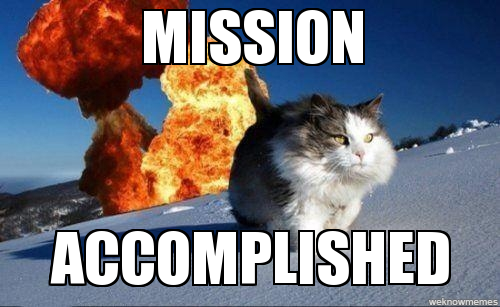Intro to Capture The Flag
This article seeks to demonstrate an efficient method for increasing your CTF abilities while also referring to useful resources, given the abundance of information available online.
One of my most enjoyable funtime is participating in CTFs. When I finally get something to work, it's like all the parts of a jigsaw have fallen into place.
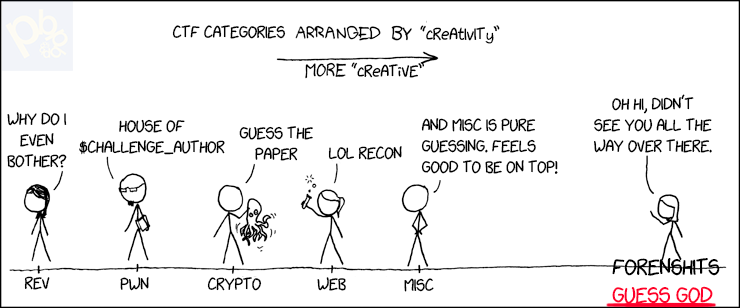
My FunTime is CtfTime
The coolest way to learn is to solve problems, hit a roadblock, google it, make some headway, hit another roadblock, seek for help, get flag, and repeat. Along the process, you will learn new things and get new abilities.
WTH CTF is ?

CTF, which stands for "Capture The Flag," is a kind of information security competition in which players are challenged to complete a number of objectives. These tasks may range from simple programming exercises to hacking your way into a server to compromise the system. During these challenges, the participant is often tasked with locating a certain section of text that is cloaked somewhere on the server or concealed behind the website. Because of this, the objective is referred to as the flag, thus the name!
In other words, "Capture the Flag" competitions, also known as "CTFs" for short, are competitions in which players compete to solve computer security-related problems in the form of challenges with present vulnerabilities in order to obtain a secret piece of text referred to as the "flag" and turn it in for points. These problems are presented in the form of challenges.
The theoretical parts of computer science are on one end of the spectrum, while the practical aspects of system administration and software engineering are on the other. The scope of the problems spans a vast range. It is an excellent method for acquiring a broad breadth of knowledge in all things linked to computer systems, and along the way, one may also feel a feeling of success and experience healthy rivalry.
CTFs are similar to other types of contests in that the required degree of expertise changes from event to event. Some of them are designed specifically for people who have previous experience working on cyber security teams.
These competitions provide a substantial monetary award on average and might take place in a particular geographical region. Other events are geared for students in high school and college, and those who do particularly well in the competition may be eligible to receive financial assistance toward their further study.
Things you need to know before you jump into ocean of CTF
There is a minimal subset of tools that you will need in order to begin working on CTF challenges. You'll need to have access to a UNIX-based operating system, such Linux or MacOS.
I would never advise someone to utilize Windows as their primary operating system while setting up a home lab or attack machine for CTFs or bug bounty competitions.
You may practice the fundamentals of Linux on OverTheWire (https://overthewire.org/), and there is practice material that is suitable for beginners on PicoCTF (https://picoctf.org/). I will provide some references and resources as a conclusion.
Diverse CTF Subtypes
Jeopardy Style
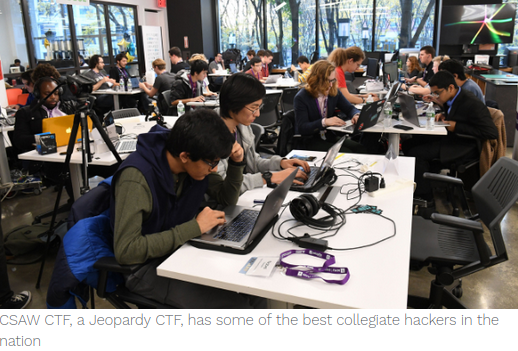
To simulate the format of the popular game show Jeopardy, many CTFs provide several challenges on a variety of topics.
There are many possible types, such as "Web", "Forensic", "Crypto", "Binary Exploitation" , “Pwn” and so on. For each successfully completed assignment, a team may earn a certain number of points. In most cases, you will get more points for completing more difficult tasks.
When one team completes a task in a series, the next task in the series becomes available. After the allotted time has elapsed, the total score will reveal who won the CTF.
Attack Defence Style
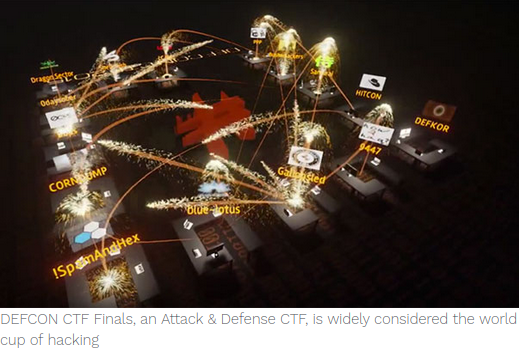
Competing in an attack-and-defense format is also quite exciting. Each group uses its own network (or just one host) that contains potentially dangerous services.
In most cases, the team can devote resources to both fixing their services and creating vulnerabilities.
After then, tournament organizers link up the competing teams, and the battle begins! You should defend your services to get attack points and hack your enemies to earn defensive points.
Mixed Style
The structure of such tournaments might take several forms. An analogy would be a wargame in which players have a limited amount of time to complete several challenges.
Other areas of information security that are often covered in CTF games include cryptography, stenography, binary analysis, reverse arranging, mobile security, and more.
Most CTF challs will test competitors on their knowledge of reverse engineering, cryptography, ACM-style programming, web vulnerabilities, binary workouts, networking, and forensics. The best way to get started is to choose one thing and stick to it.
CTF categories
Web exploitation→
There is a plethora of web development languages and frameworks to choose from. In CTF, PHP and SQL seem to be the most common languages. There is no better resource for learning PHP than the php.net website. An understanding of programming languages like Python is good high level language to start the scripting, proficiency in the fundamentals of JavaScript, PHP, and other popular web frameworks (nodeJS, Flask for Python, etc).
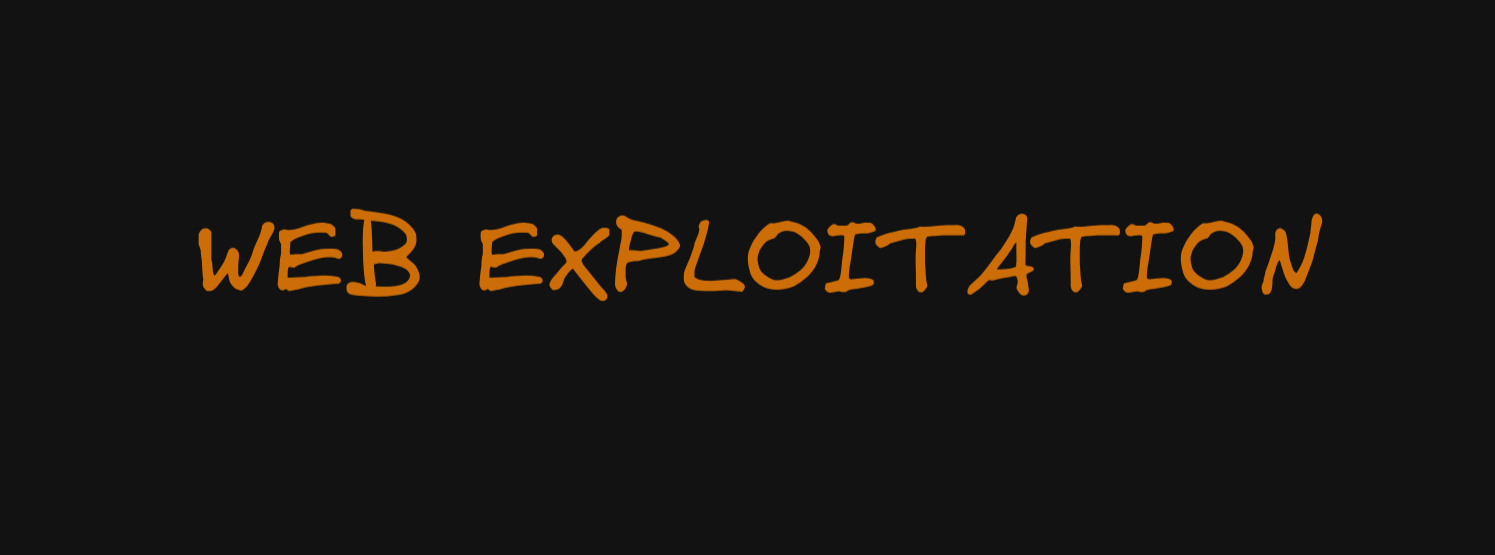
Familiarity with standard web protocols including HTTP, IP, and DNS. One who is familiar with RESTful APIs and the dynamics between servers and their users. Do a quick search to learn more about any feature that interests you. Python and Ruby scripts follow PHP as the most popular medium for posing and solving web-based difficulties.
Notice how some of the talents are duplicated? The Online Application Hacker's Handbook is a helpful book for anyone interested in learning more about web security flaws. In addition to mastering the fundamentals, you may like to educate yourself on some of the most often used free resources. These may be helpful in certain CTF situations as well. In my experience, there is a great deal of crossover between this group and cryptography.
One may argue that although online attacks have low entry barriers, they provide steep learning curves that are difficult to scale. Just like in other fields, success in online requires starting with the fundamentals and expanding from there.
Once you've mastered the basics of XSS, LFI, and SQLi, you may go on to more advanced techniques like pop chains and XS-leaks, which can take you in whole new directions. To get a feel for what the difficulties on the web could be like, the easiest way to learn is to participate in a CTF.
Reverse Engineering →
Before diving into reversing, it's a good idea to become comfortable with assembling. Many resources exist to help you get started with Linux programming; simply follow one of these tutorials and code "Hello, World!" in assembly.
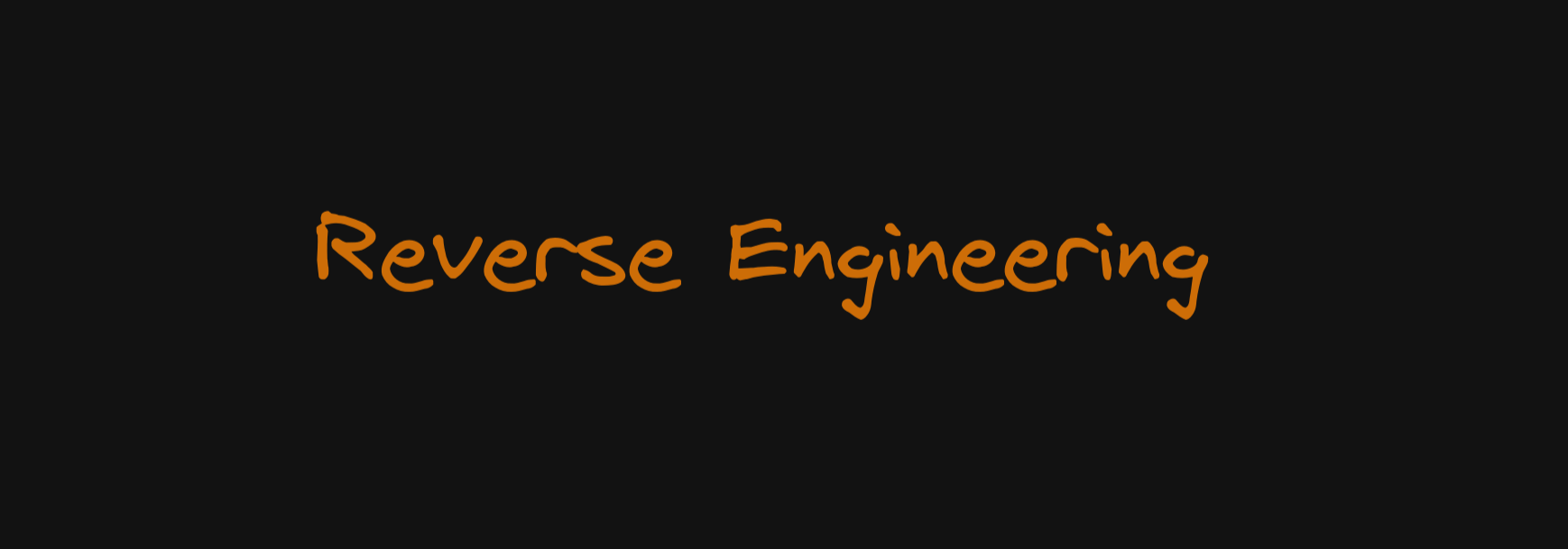
Next, you should get a disassembler, build a few lines of C code, and then load the resultant binary into the disassembler of your choosing to examine the compiler's output. Doing so will familiarize you with assembly and prepare you to spot common coding patterns and underlying functions in decompiled binaries.
There are several tools that get used a lot for Linux-based pwn/reversing challenges. You’ll need to learn to use more tools as you encounter new CTF problems, so providing an exhaustive list wouldn’t be of much aid. Some of the ones you’ll definitely need are as follows:
- a disassembler/decompiler → Ghidra, Binary Ninja, IDA, Olydbg etc
- Tools for fast creating exploit scripts Like Pwntools
- debugger (GDB with an add-on like GEF or Immunity debugger)
Forensics or Misc →
Analysis of file formats, steganography, memory dumps, and network packet captures are all examples of "Forensics" issues that might be encountered during a CTF. Common tasks include deciphering steganographically-hidden clues or flags. In most cases, participants will be given a media file as a job with no further context or explanation, and it will be up to them to decode the message hidden inside.
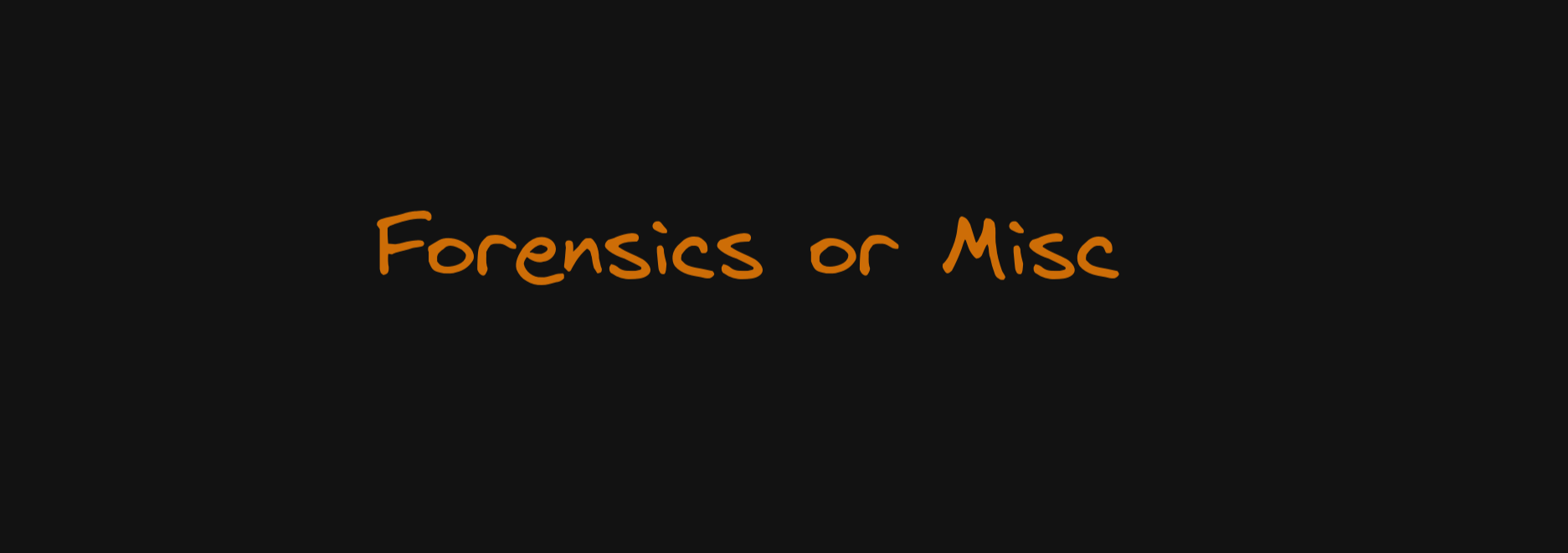
Forensics, then, is the science and practice of analyzing and restoring a computer's digital footprint. There are several options for recovering information that has been inadvertently lost, forgotten, or even secretly recorded.
Several of the obstacles you'll face in CTFs will be absolutely out of the blue and will defy all attempts at prediction, needing nothing more than your brainpower, expertise, and patience to overcome. There's no foolproof method to be ready for them, but the more CTFs you do, the more likely it is that you will identify them and have some idea of how to solve them.
Cryptography →
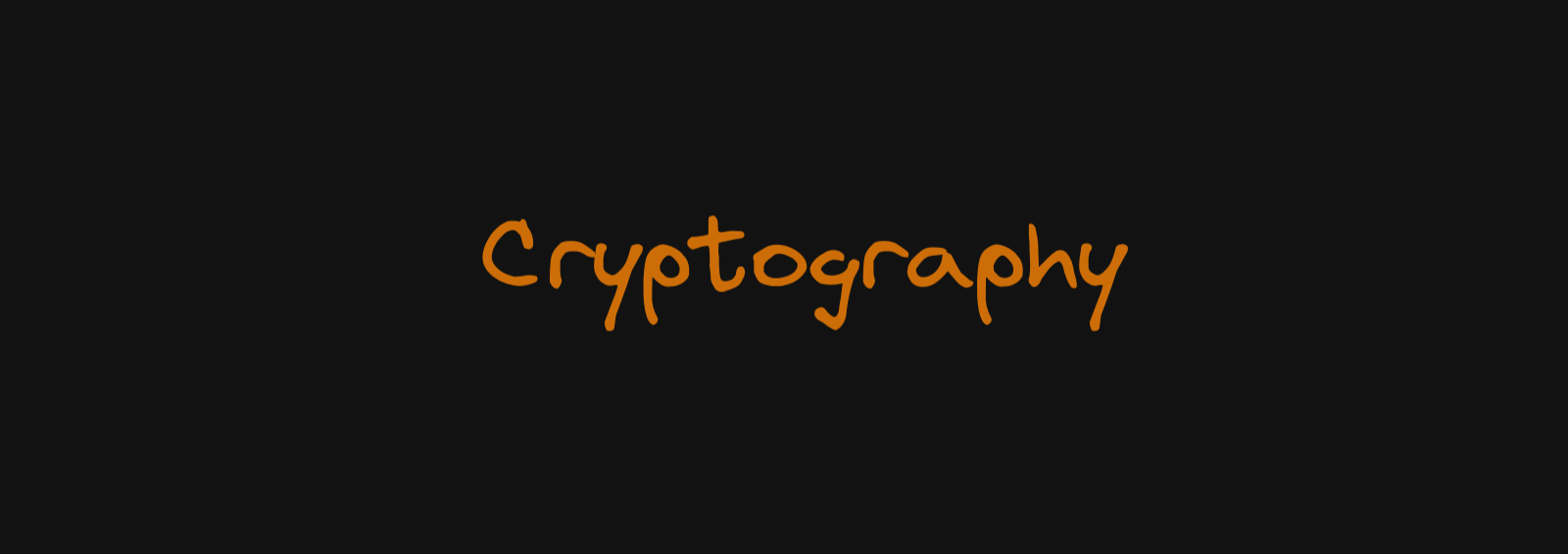
We owe our ability to utilize banking applications, send sensitive data over the internet securely, and safeguard our personal information to the development of cryptography.
However, most of the focus of CTFs is on defeating poorly constructed versions of commonly used encryption techniques. It may be intimidating to look at the arithmetic, but a basic grasp of the concepts will help you to locate the holes and break the code.
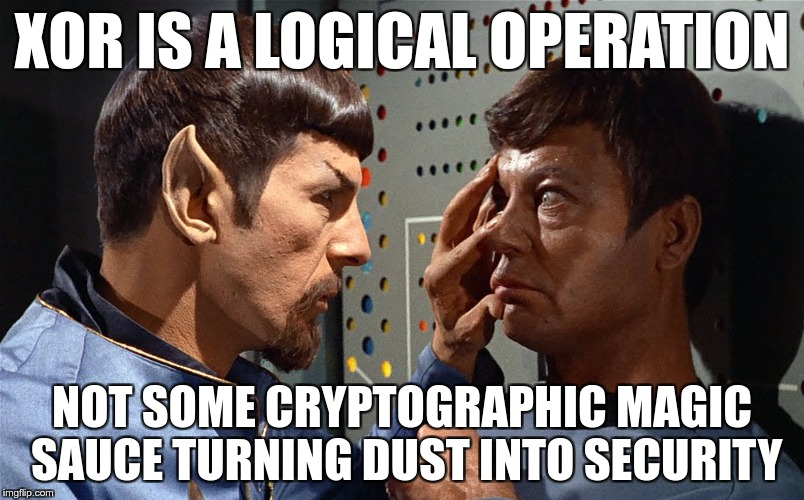
In its strictest sense, cryptography refers to the practice of creating secret messages. It's a technique used in digital forensics to learn the inner workings of data before analyzing it.
For those who are new to CTFs and lack self-assurance, I recommend starting with something more like the "guided challenges with suggestions" seen in cryptopals and cryptohack.
Binary Exploitation →
The majority of challenges in CTFs require first gaining a solid grasp of the operation of a target and then searching for methods to break the target in unexpected ways in order to get access to the flag.

The best approach to understand any category in a CTF is to complete more CTF tasks, during which time you will learn about a greater variety of technologies and fundamentals. Binaries, often known as executables, are a kind of machine code that a computer may run. Most of the binaries you'll see in CTFs will be Linux ELF files, with the odd Windows executable thrown in for good measure.
Although it covers a lot of ground, binary exploitation is simply the process of discovering a program's flaw and using it to either take over the shell or alter the way the program works.
Resources and References
- CtfTime - A well managed platform for upcoming CTFs and Writeups.
- Awesome CTF - A curated list of Capture The Flag (CTF) frameworks, libraries, resources, softwares and tutorials.
- Pwn College - Pwn.college is an education platform for students to learn about, and practice, core cybersecurity concepts.
- Capture The Flag 101 - A project by the OSIRIS Lab at The NYU Tandon School of Engineering and CTFd LLC.
- Cryptohack - A fun, free platform for learning modern cryptography.
- PicoCTF - picoCTF is a free computer security education program with original content built on a capture-the-flag framework created by security and privacy experts at Carnegie Mellon University.
- CTF Field Guide - Field Guide by Trails of Bits.
- Roppers Courses - Build the curriculum, develop partnerships, teach everyone, grow Capture the Flag.
